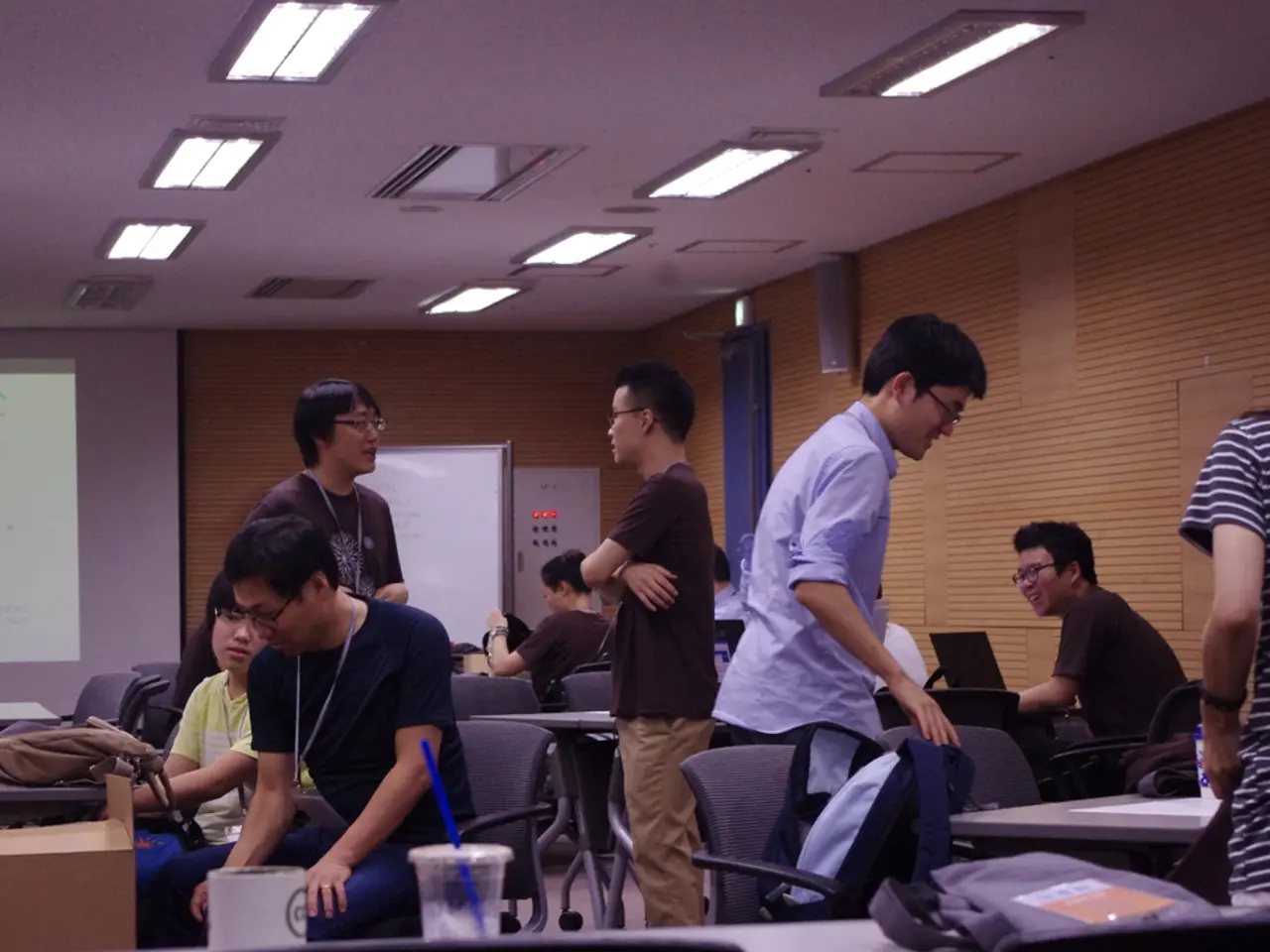Engineers Impacting the Character of London Neighborhoods Unveiled by Youth
In the heart of London, a unique initiative called The Hidden Engineering project is making waves, aiming to bridge the gap between engineers and under-represented secondary school pupils. This joint venture, spearheaded by the Royal Academy of Engineering, offers interactive walking tours and activities that delve into the role of engineering in shaping public spaces and neighbourhoods [1].
Key components of this project include engineers delivering walking tours and interactive activities, upskilling engineers to communicate their work effectively with young audiences, and fostering participation from pupils hailing from schools with diverse demographics [1]. The activities encourage students to think critically about neighbourhood design, sustainability, and inclusivity, like redesigning areas such as Fiddler’s Green to incorporate healthy street elements [1].
The project, which brought together 20 engineers and 101 year 9 pupils from three local schools in Islington, Barking & Dagenham, and Hammersmith & Fulham, has been met with resounding success. Nearly nine out of ten pupils (88%) felt the project provided them with a better understanding of how engineering improves our lives [1].
The focus was on real-world site visits, such as Fiddler's Green in Barking and Wilton Villas in Islington. Students got hands-on with engineering through activities like testing sustainable drainage systems and navigating public spaces in wheelchairs [1]. The project helped students discover how engineering shapes the spaces they use every day [1].
Moreover, students with additional needs were among the most engaged, especially during hands-on activities. This project, therefore, not only educates but also motivates under-represented pupils to view engineering as a relevant and exciting career path while increasing public understanding of the profession [1].
Martina O'Malley, an engineer involved in the project, emphasised its goal of breaking down the wall between design and how people use a space through lived experience [1]. The project also saw engineers gain confidence in public engagement, with 100% of surveyed participants finding the experience enjoyable [1].
The Hidden Engineering project is a collaboration between the Royal Academy of Engineering and engineers from several London regeneration areas. It was supported by the Royal Academy of Engineering through their Ingenious scheme and involved engineers from Islington Council, BeFirst, Project Centre, Aecom, Mott Mac Donald, Markides Associates, Useful Projects, and Expedition Engineering [1]. The participating pupils came from the City of London Academy Islington, Greatfields School, and the Phoenix Academy.
As a result of the project, 75% of students reported a significant improvement in their understanding of "hidden engineering" [1]. Half of the pupils were inspired to find out more about engineering as a career [1]. The project's ultimate aim is to inspire students to consider engineering as a career and engineers to engage with their local communities.
In conclusion, The Hidden Engineering project is a significant stride towards fostering understanding between engineers and the public, making neighbourhoods more accessible, and inspiring the next generation of engineers from diverse backgrounds.
[1] Source: The Hidden Engineering project website and press releases.
- The Hidden Engineering project, which focuses on bridging the gap between engineers and under-represented secondary school pupils, also involves sessions on science, health-and-wellness, fitness-and-exercise, education-and-self-development, and learning, as students are encouraged to think critically about neighborhood design, sustainability, and inclusivity, and gain hands-on experience through engineering activities.
- The success of The Hidden Engineering project is not only measured by the improved understanding of engineering among students, but also by the inspiration it sparks in them for careers in science, health-and-wellness, fitness-and-exercise, education-and-self-development, and other fields related to engineering, making it a significant initiative for fostering the next generation of diverse engineers.




